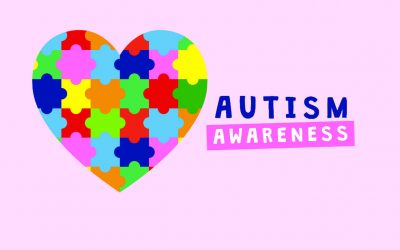Words in the Brain: Reading Program Spurs Neural Rewrite In Kids
A new brain-imaging study indicates that a specially designed program for second and third graders deficient in reading boosts their reading skills while prodding their brains to respond to written material in the same way that the brains of good readers do. The same investigation found that the remedial instruction typically offered to poor readers in the nation’s schools doesn’t improve their skills and fails to ignite activity in brain areas that have been linked to effective reading.
“Good teaching can change the brain in a way that has the potential
to benefit struggling readers,” says pediatrician Sally Shaywitz of Yale
University School of Medicine.
At least one in five U.S. grade-schoolers with average or above-average intelligence encounters severe difficulties in learning to read, researchers estimate. In 2000, a panel of educators and scientists convened by Congress concluded that reading disability stems primarily from difficulties in recognizing the correspondence between speech sounds and letters.
Panel member Sally Shaywitz, along with Bennett A. Shaywitz, a
neurologist also at Yale medical school, and their colleagues used that
finding to design a brain-imaging investigation.
At the beginning and end of the school year, the investigators
administered reading tests and functional magnetic resonance imaging scans
to three groups of children, ages 6 to 9, attending school in New York or
Connecticut. The brain scans were taken as each volunteer tried to
identify written letters that matched spoken letters.
In one of the groups, 37 underachieving readers were given
experimental tutoring that consisted of 50 minutes of daily, individual
instruction in letters and combinations of letters that represent speech
sounds called phonemes. The lessons also focused on development of fluency
in reading words, oral reading of stories, and spelling.
Another 12 deficient readers received standard remedial reading and
special education programs in their schools. These students didn’t receive
explicit instruction in learning to recognize how letters correspond to
phonemes.
A third group, this one consisting of 28 good readers, received
regular classroom instruction.
At the end of the school year, only poor readers in the experimental
program showed marked gains in reading accuracy, speed, and comprehension, the researchers report in the May 1 Biological Psychiatry. Good readers still exhibited the strongest literacy, but the poor readers who receivedphonetically based instruction had closed the gap considerably.
poor readers completed the experimental program, their brains
displayed pronounced activity in several of the same left-brain areas that
are active when good readers do reading-related tasks. In an earlier study
of poor readers, Sally Shaywitz and Bennett Shaywitz found that one of
those neural regions remains inactive as these kids grow up. Preliminary
evidence from other researchers indicates that this structure, located near the back of the brain, fosters immediate recognition of familiar written words and is thus crucial for fluent reading, Sally Shaywitz says.
Students who had completed the experimental tutoring program still
displayed improved reading scores and associated left-brain activation
when measured 1 year later.
Bruce D. McCandliss, a neuroscientist at Weill Medical College of
Cornell University in New York City, calls the new report a “landmark
study.” It builds upon similar findings by other research teams that
tracked much smaller numbers of poor readers given phonological
instruction, he notes.
The Yale group now plans to study children who will be randomly
assigned to different types of reading programs.


